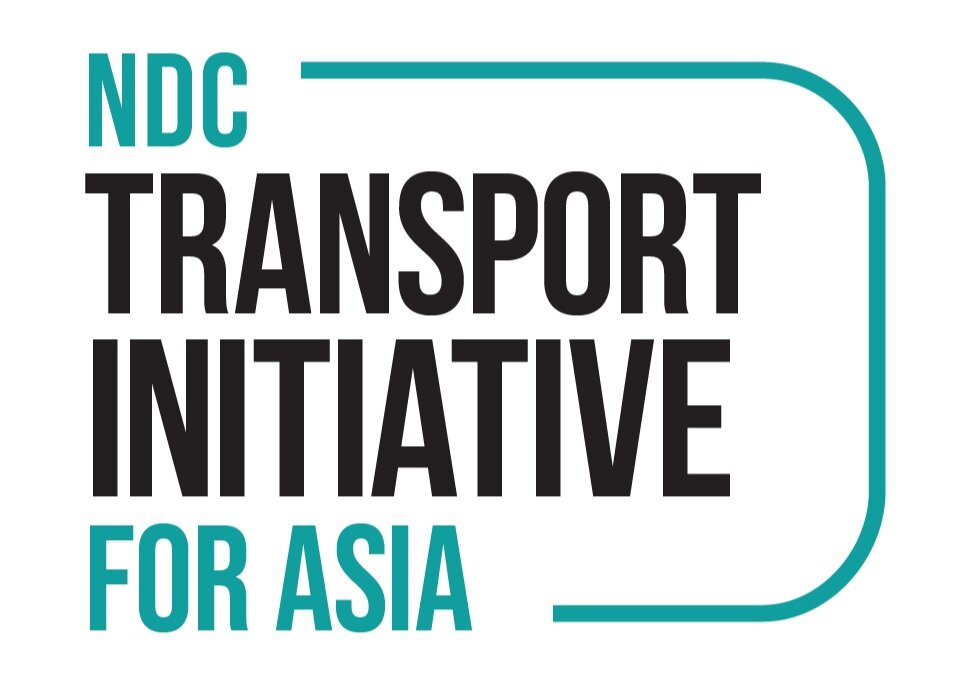BLOG: Time for intervention: What do the mitigation scenarios look like for India’s road transport emissions?
Photo: Ashik Salim/Unsplash
This is the third blog in ICCT’s series focused on their meta-study of India’s road transport emissions analyses.
With the previous blog, which analyzed the Business-As-Usual (BAU) scenarios, we saw clearly that a “no-intervention” future is a non-starter that could easily lead to a tripling of CO2 emissions from road transport in India by mid-century. Therefore, we focus here on the scenarios that incorporate policy interventions that could help decarbonize the sector.
To view the full blog click here.

